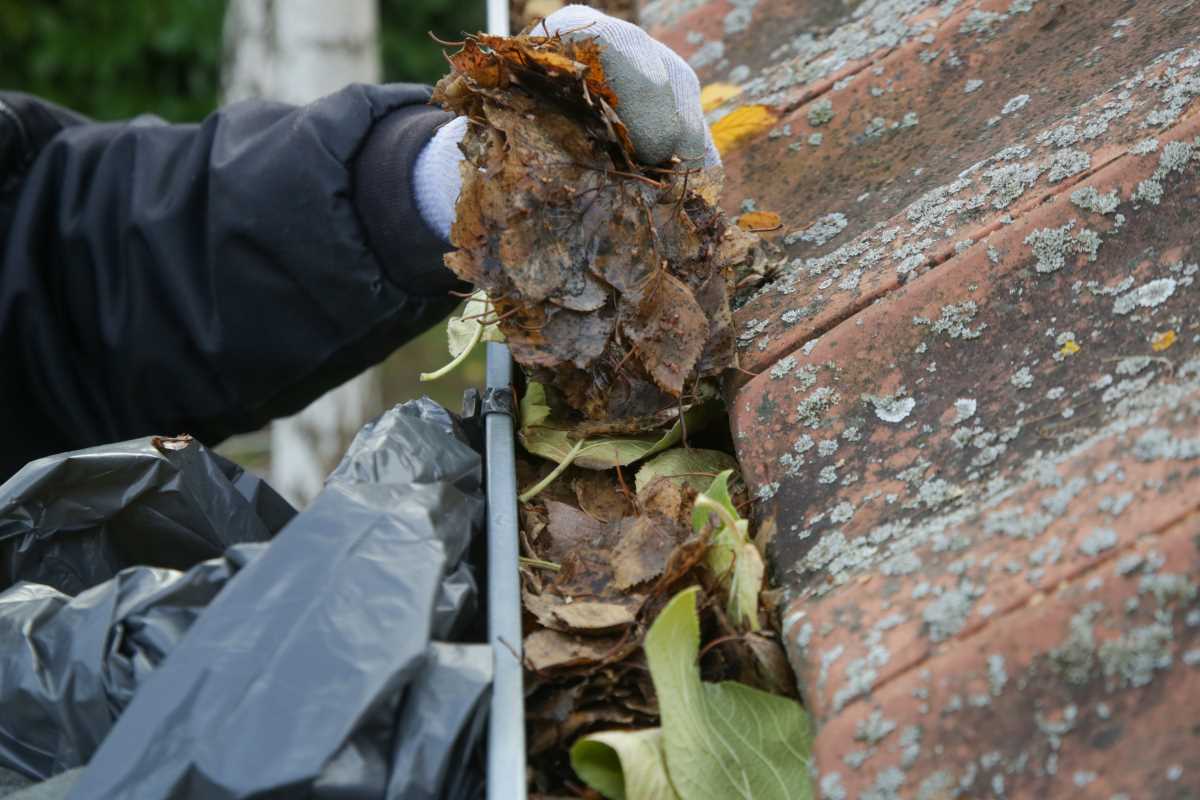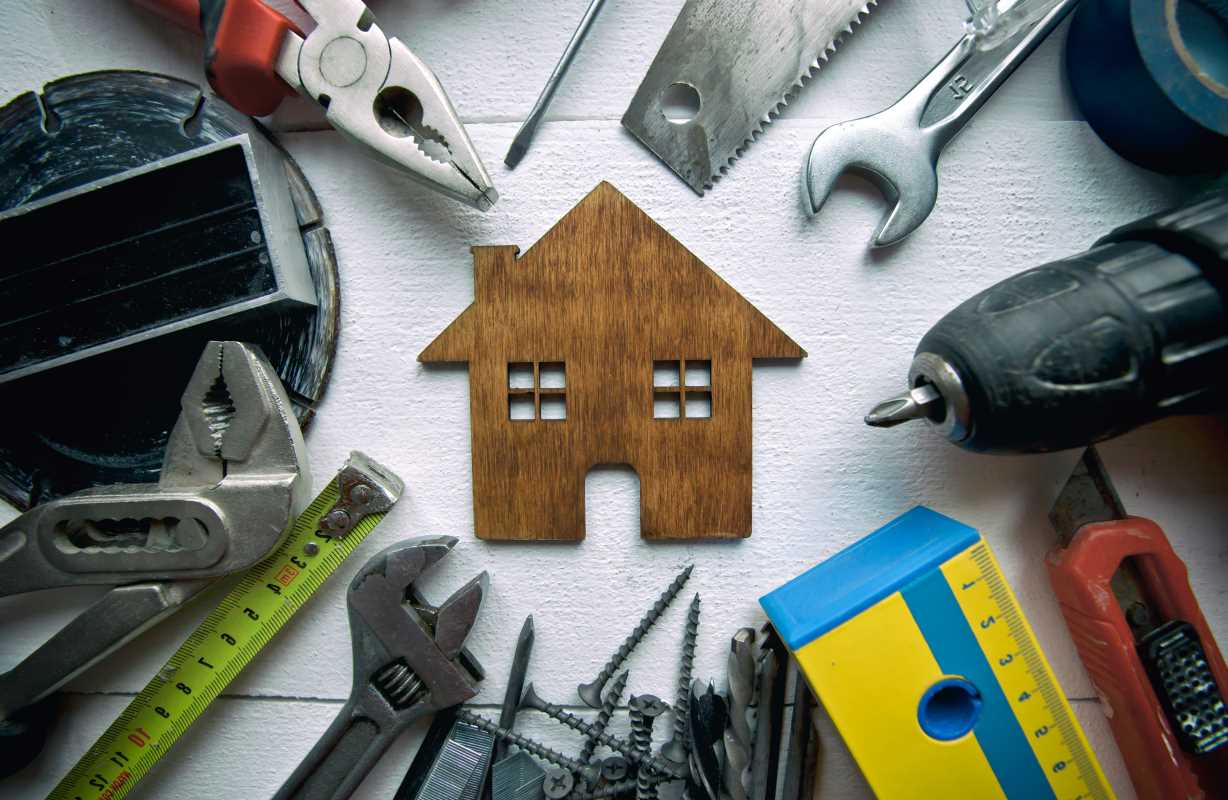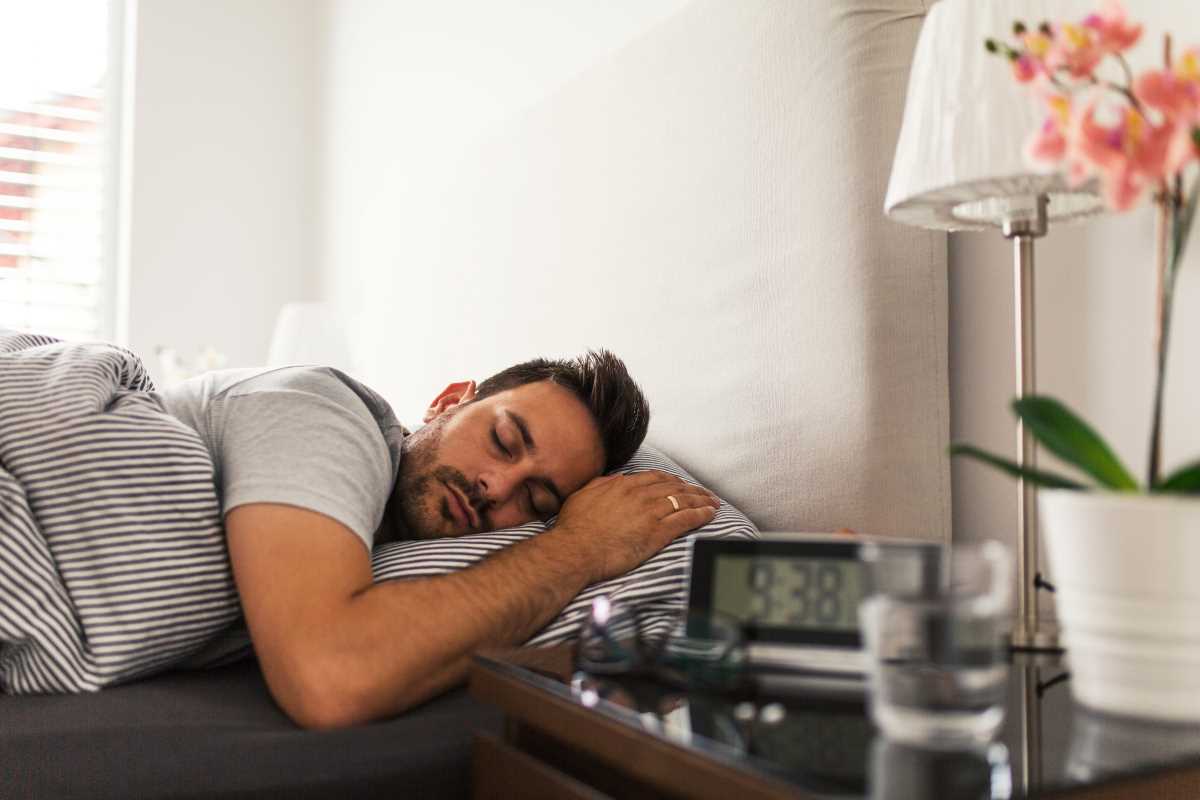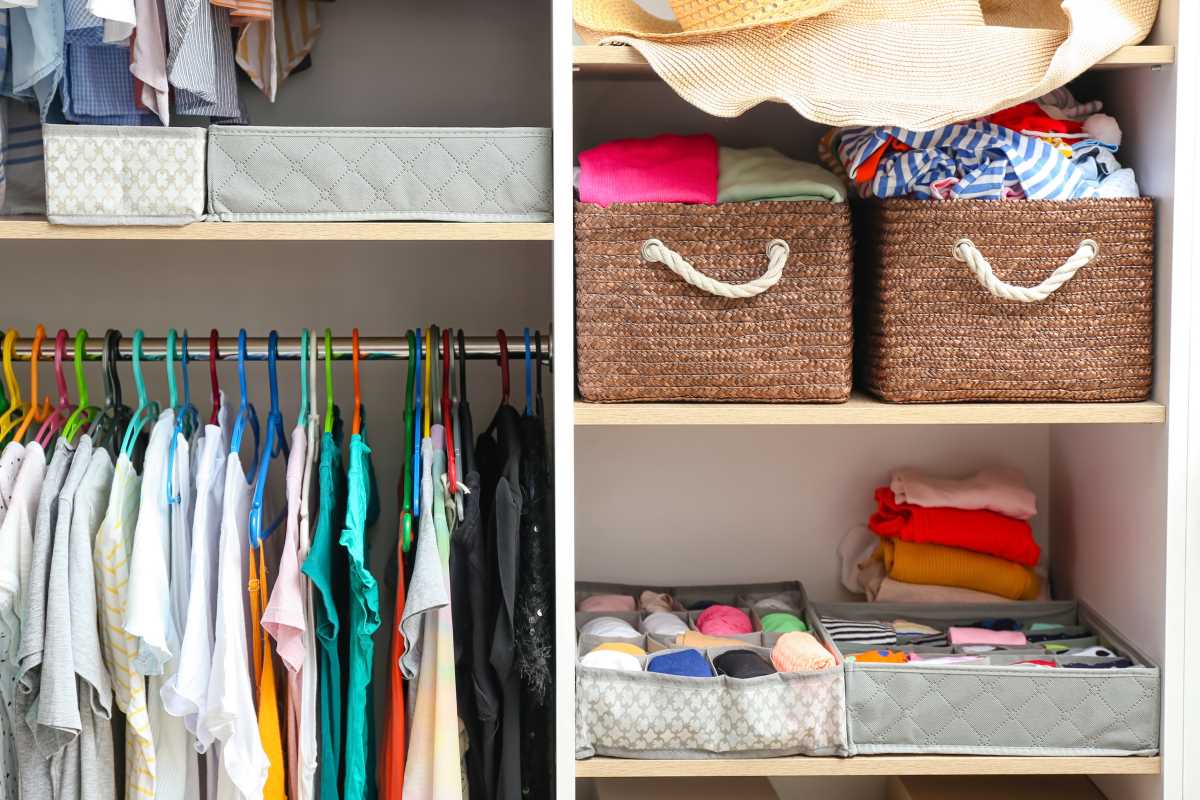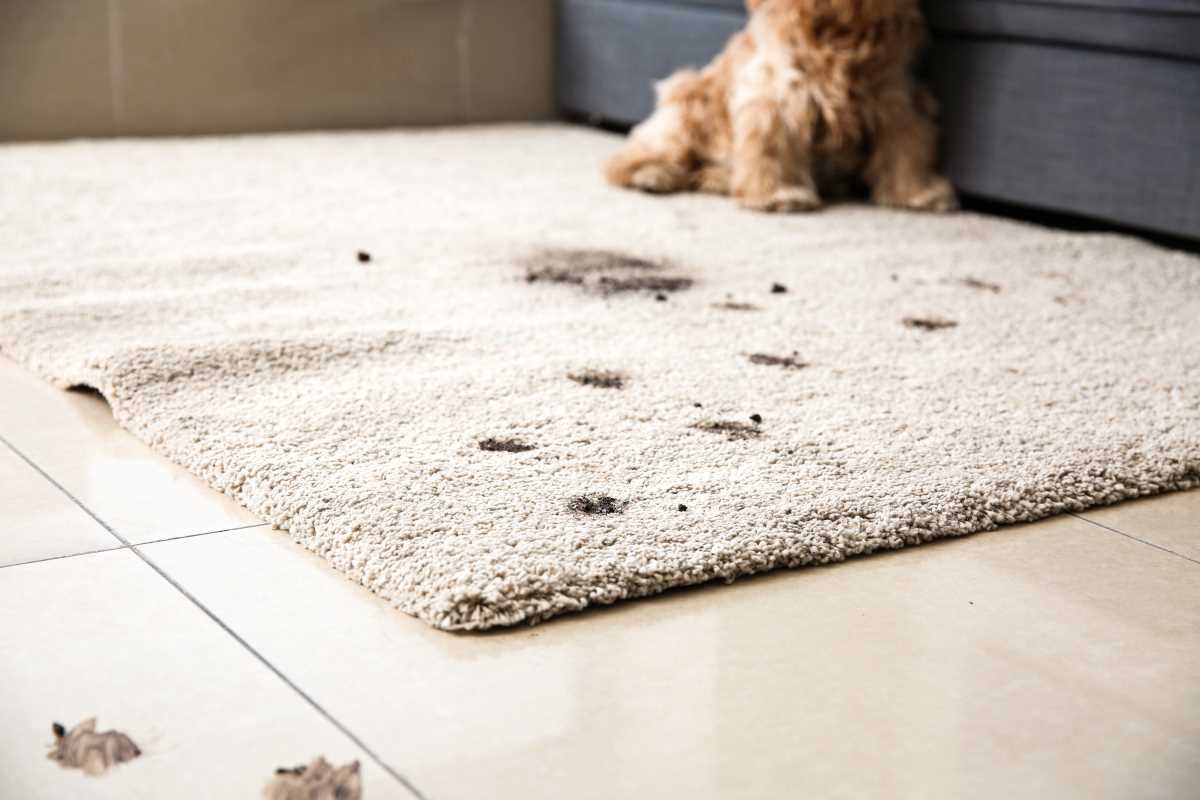Improving your home's energy efficiency doesn't have to mean costly renovations or complicated installations. With a few simple DIY projects, you can lower your utility bills, reduce your carbon footprint, and make your home a more comfortable place to live. Whether you're a seasoned DIY enthusiast or just starting out, these ten tips are easy to implement and can make a noticeable difference.
Dive into these practical methods to save energy and make your living space more eco-friendly.
1. Seal Air Leaks
Air leaks are one of the biggest culprits of energy loss in homes. They allow unwanted drafts to enter and conditioned air to escape, making your heating and cooling systems work harder. The good news? You can seal these leaks with minimal effort and expense.
Start by checking common problem areas like windows, doors, and attic hatches. Use weatherstripping for movable parts like doors and windows. For stationary areas, such as where walls meet floors or around plumbing pipes, apply caulk for a tight seal. If you feel an unexpected draft around electrical outlets, install foam gaskets behind the outlet covers to block the airflow.
Taking an hour or two to seal the gaps can save you up to 20% on heating and cooling costs annually.
2. Install a Programmable or Smart Thermostat
Heating and cooling can account for nearly half of a home's energy use. A programmable thermostat gives you control over when your HVAC system works hardest, ensuring you're not wasting energy when no one is home.
For even more convenience, consider a smart thermostat. These devices can learn your family’s routines, adjust settings automatically, and allow you to control temperatures remotely through your smartphone. For example, set the thermostat to lower temperatures during the day when you're at work and raise them just before you return. Small changes can translate to noticeable savings, reducing your energy bills by around 10% per year.
3. Switch to LED Bulbs
Making the switch to LED bulbs is one of the easiest and most effective energy-efficiency upgrades. LED bulbs use up to 75% less energy than traditional incandescent bulbs and last up to 25 times longer.
For the best results, replace the bulbs in high-usage areas first, such as your kitchen, living room, and outdoor fixtures. Additionally, look for dimmable LEDs and pair them with compatible dimmer switches to control the brightness while saving even more energy. While LEDs may be slightly more expensive upfront, the long-term savings in both energy and replacement costs are undeniable.
Bonus tip: Choose LEDs with a warm-toned color temperature (2700K–3000K) for a cozy, inviting atmosphere.
4. Use Energy-Efficient Curtains
Your windows can account for a significant amount of energy loss, especially in extreme weather conditions. Thermal blackout curtains are a budget-friendly solution to combat this problem. These specialized curtains have insulating properties that help block out sunlight and retain indoor heat during colder months.
During winter, keep these curtains closed at night to help trap warmth. Conversely, in summer, close them during the day to keep your home cooler. For optimal results, combine thermal curtains with other window treatments like cellular shades to create layered insulation.
5. Add a Door Sweep
Even a tiny gap under your exterior doors can invite outside air into your home, making your HVAC system work harder than necessary. Installing a door sweep is a simple fix that prevents drafts from sneaking in.
Door sweeps come in various styles, including adhesive-backed options that require no tools for installation. For a more durable and long-term option, go for a screw-on metal door sweep with a rubber seal. This easy DIY project can make a big difference in maintaining a stable indoor temperature while cutting down energy costs.
6. Optimize Your Water Heater
Your water heater is another significant energy consumer in your home. Start by lowering the thermostat to 120°F (49°C). This temperature is warm enough for most household activities, like showering and dishwashing, while reducing unnecessary energy usage.
To further boost water heater efficiency, consider insulating it with a water heater blanket, which can minimize heat loss. Wrapping exposed water pipes with foam insulation is another quick and inexpensive way to retain heat and improve overall efficiency.
Bonus tip: Take shorter showers and wash clothes with cold water whenever possible to save more on energy and water usage.
7. Install Faucet Aerators
Faucet aerators are small attachments that screw onto the tip of your faucets. They work by mixing air with water to maintain strong pressure while reducing water flow. This not only conserves water but also decreases the energy required to heat it.
These devices are affordable, readily available at hardware stores, and easy to install without the need for tools. If you have an older faucet that produces a heavy water stream, upgrading it with an aerator can result in immediate water savings without sacrificing performance.
8. Ceiling Fan Hacks
Ceiling fans are a wonderful companion to your HVAC system when used strategically. During the summer, set your fan to rotate counterclockwise. This will create a cooling breeze by pushing air downward. It allows you to raise your air conditioning temperature a few degrees without sacrificing comfort.
When winter arrives, switch the fan to run clockwise at a low speed. This reverses the airflow, pulling cool air up and pushing down warm air that naturally rises, helping your heating system work more efficiently.
Remember to turn off ceiling fans when leaving a room since they cool people, not spaces.
9. Upgrade to Power Strips
Did you know that many electronics and appliances consume energy even when they’re turned off? This "phantom energy" or "vampire energy" can add up over time. To minimize this waste, plug devices like chargers, computers, and TVs into smart power strips.
Smart power strips detect when a device is in standby mode and automatically cut off power, ensuring nothing is wasted. For example, when you’re done watching TV, the smart power strip will also cut power to your gaming console or soundbar.
This small upgrade is affordable, practical, and can save you around $100 per year on your energy bill.
10. Clean or Replace Air Filters
Your home’s HVAC system works more efficiently with clean air filters. Dirty filters restrict airflow, forcing your system to use more energy to heat or cool your home. By replacing filters every 3 months—or monthly during high-usage seasons like summer and winter—you’ll not only reduce energy consumption but also improve indoor air quality.
Don’t stop at filters alone! Schedule regular maintenance for your HVAC system to ensure optimal performance and spot any potential issues early. A well-maintained system can last longer and operate more efficiently, saving you significant money in the long run.
Additional Tips for Maximum Efficiency
Beyond these ten tips, you can explore other simple strategies to improve energy efficiency. For instance, insulating your attic and walls, using motion-sensor lights, and planting shade trees outdoors can contribute to long-term savings. Each small change adds up over time, creating a significant difference in your home's energy efficiency.
Get Started Today
Making your home more energy-efficient doesn’t have to be overwhelming. Start with one or two of these simple DIY projects and gradually incorporate the others as time and budget allow. Each improvement you make brings you closer to a greener, more comfortable, and budget-friendly living space.
You’ll not only see the savings on your energy bills but also enjoy the satisfaction of contributing to a more sustainable planet. Which tip will you try first?
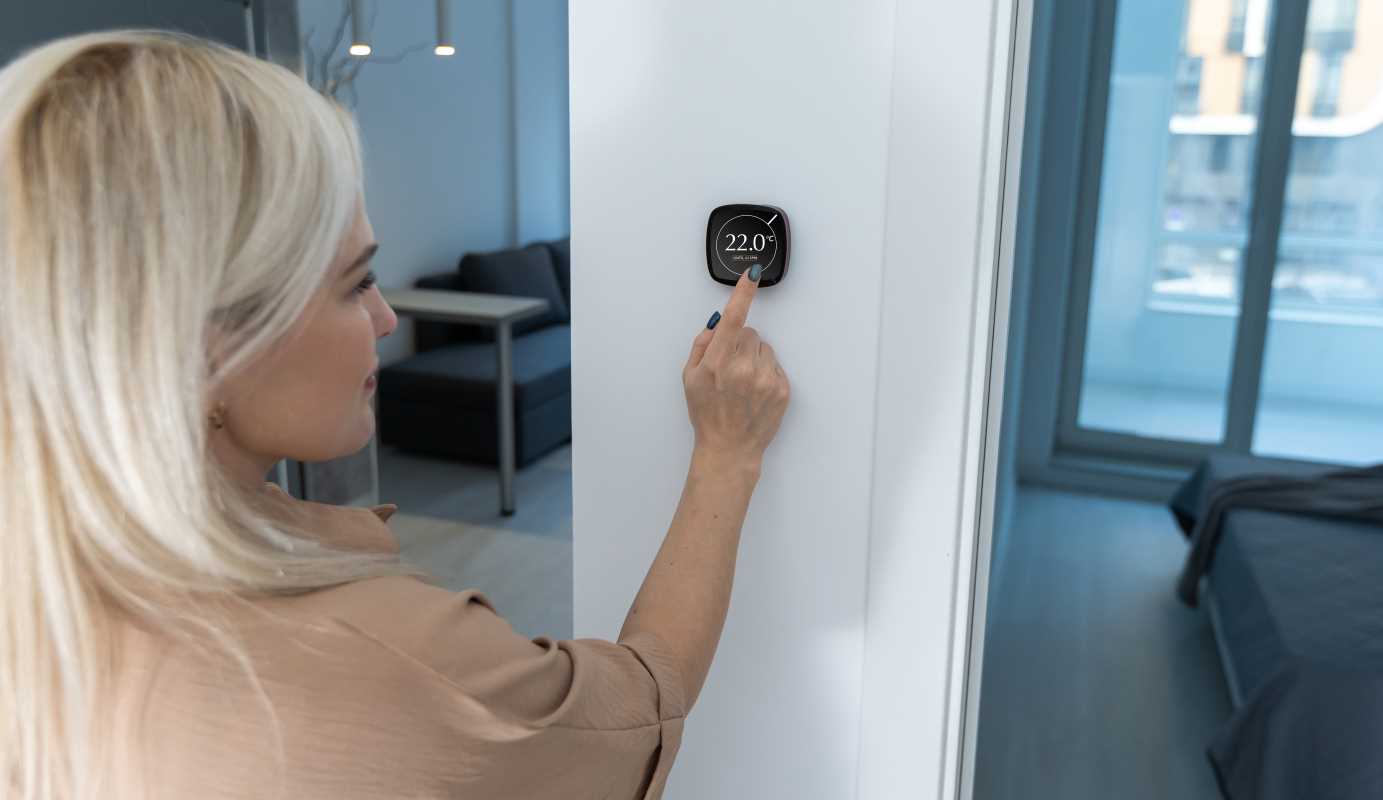 (Image via
(Image via